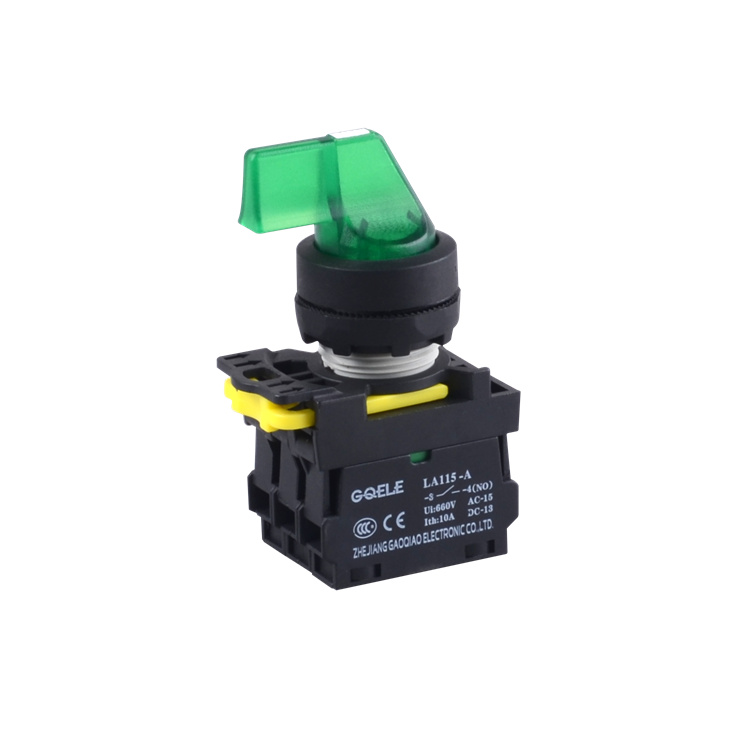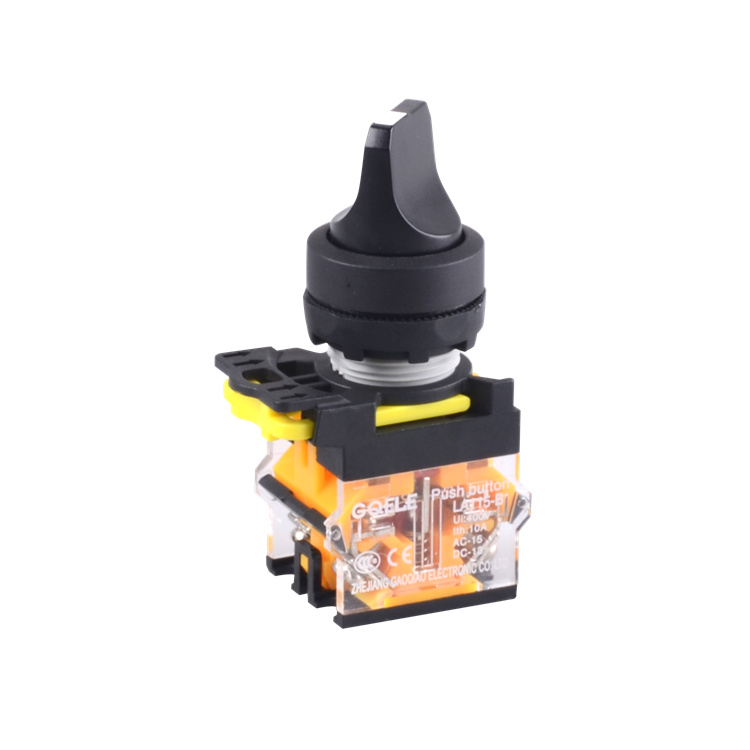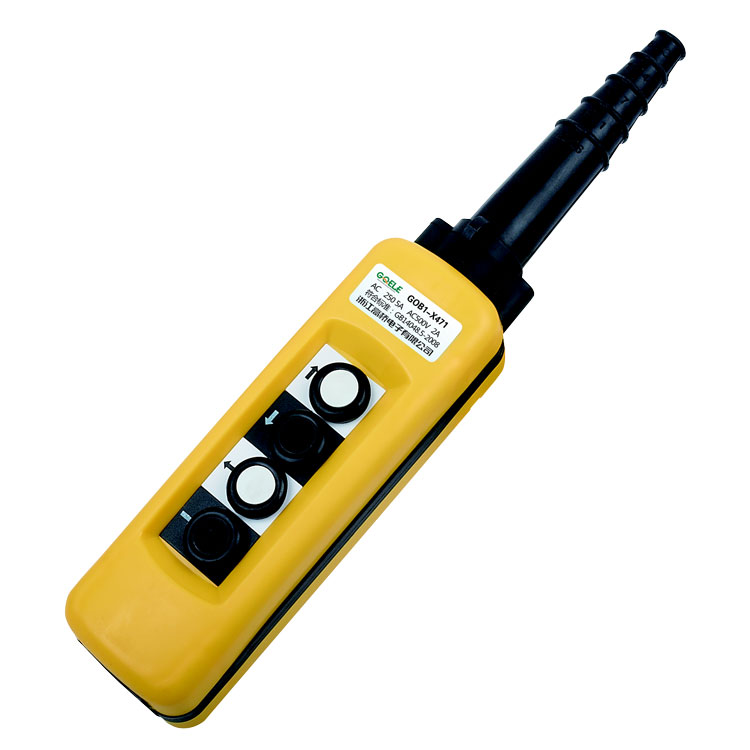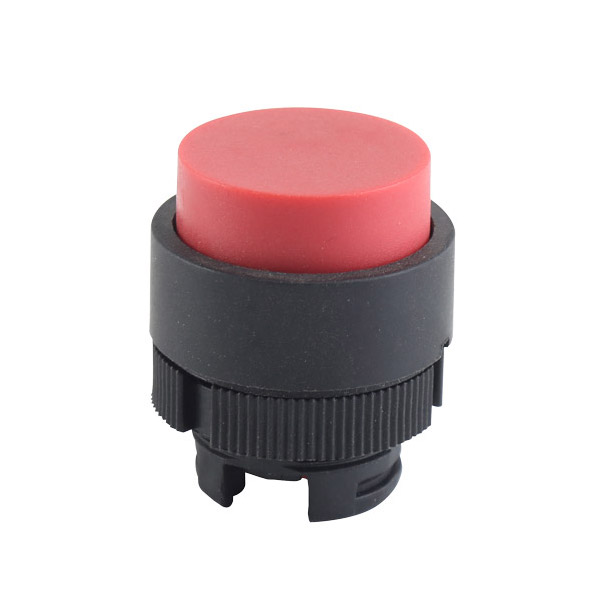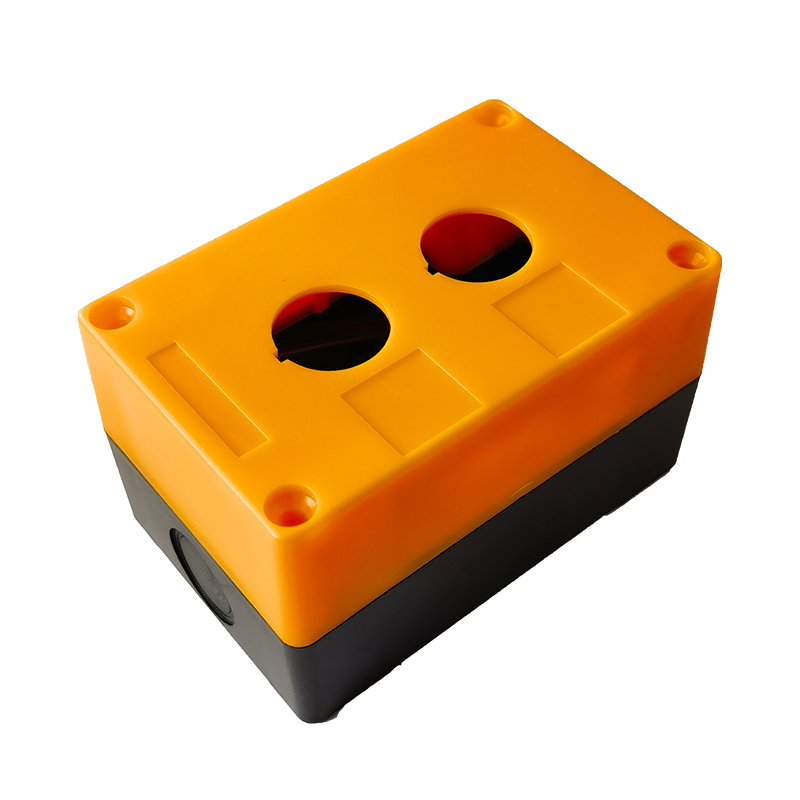
BOX-2

3.GXB4-BC31 High Quality 1NO Φ40 Mushroom Push Button Switch With Spring Return Action
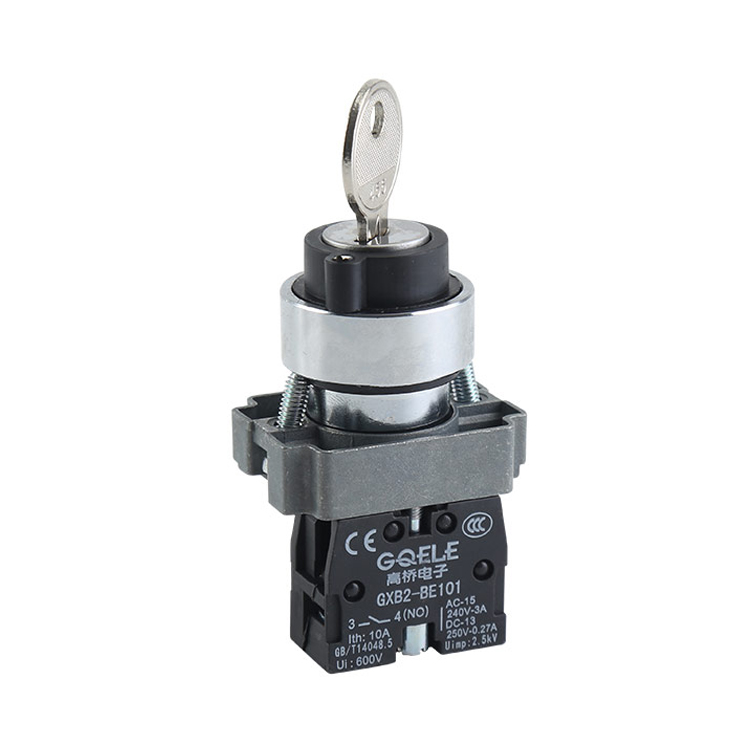
GXB2-BG45 High Quality 1NO+1NC 2-Position Momentary & Key-operated Key Selector Push Button Switch With Round Head

BA9SC

LA115-B1-11RD 1NO&1NC Double Control Head Push Button With Green & Red Head And With Light

GXB2-ER40 Yellow&Black Warning Accessories With Words Used In Emergency Stop Push Button
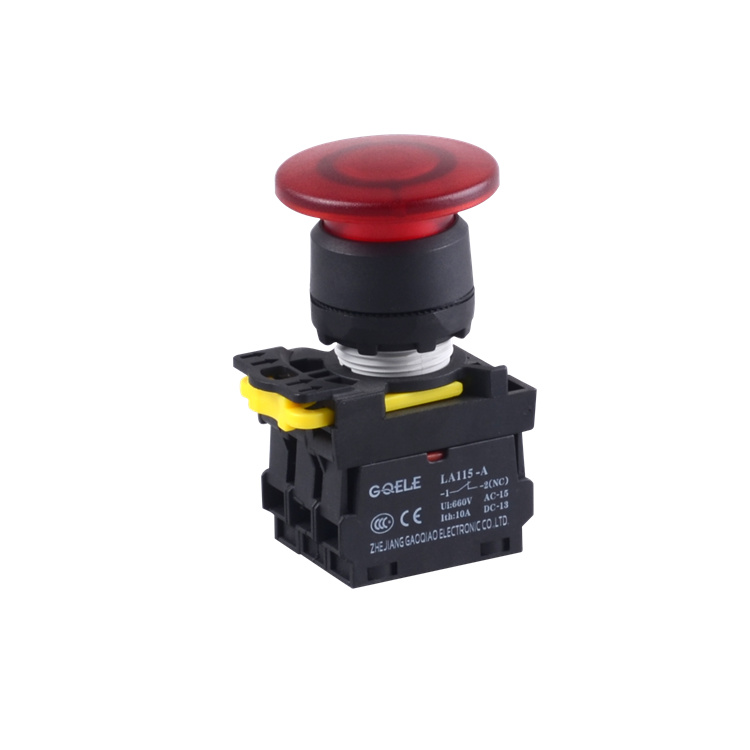
LA115-A1-11MD 1NO&1NC Momentary Illuminated Mushroom Push Button Switch With Red Light

GOB1-X10913
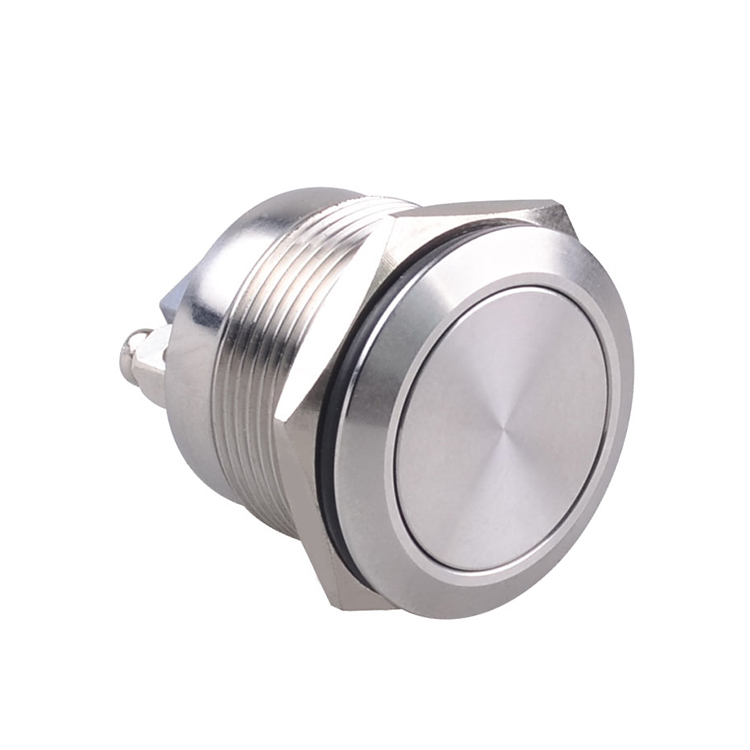
GL-19FA10-S Flat Button 19mm High Quality Waterproof Red/Green/Yellow/White/Blue Metal Push Button Switch
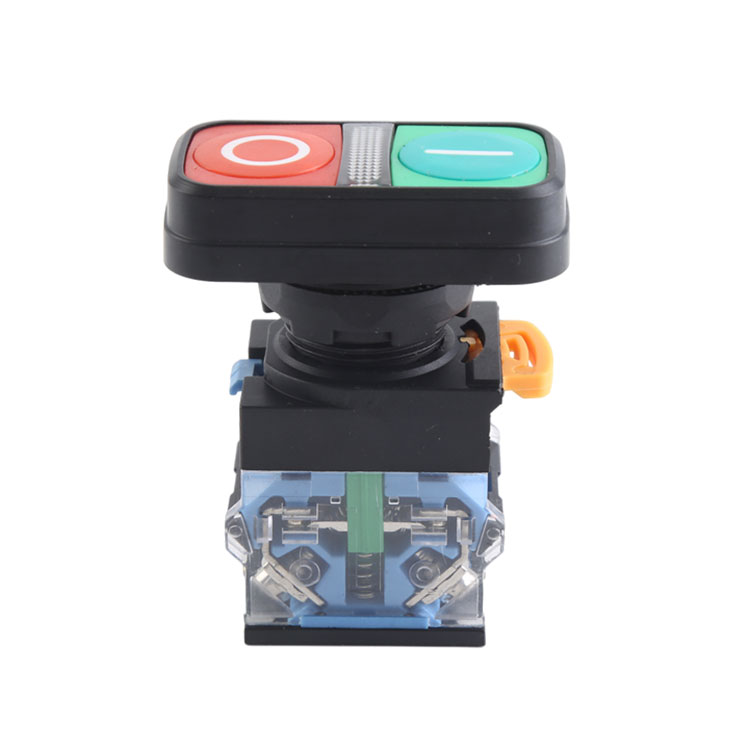
LA115-K-11RD1 Green & Red 1NO&1NC Momentary Dual/Double Head Push Button With High Quality & Rectangle Shape Head & Symbols & Light

LA115-B1-10XD High Quality 1NO 2 Positions Self-locking Selector Switch Push Button With Light & Round Head & Better Price
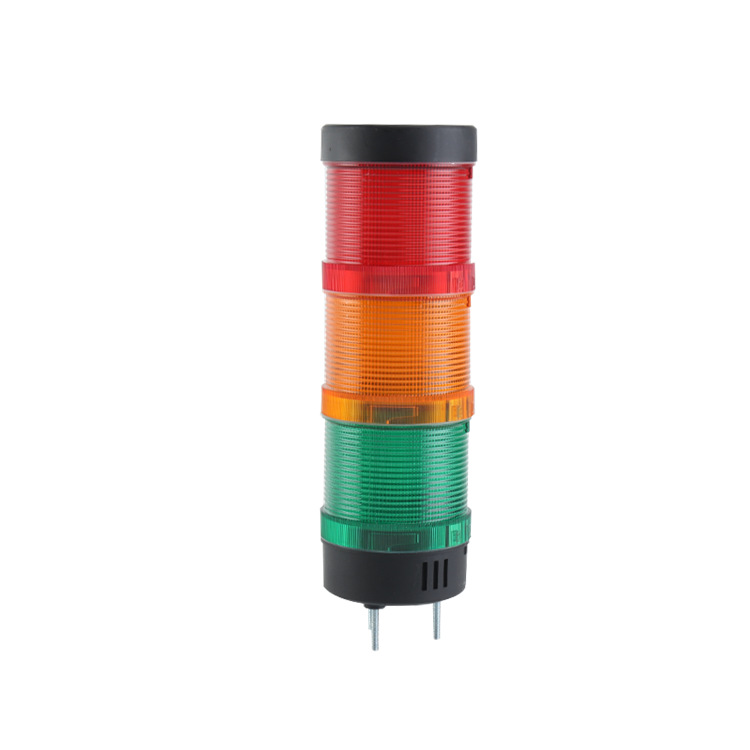
AL70-RYG-31 Best Seller High sound High Light Steady Flashing Led Tower Light With 3 Layer




